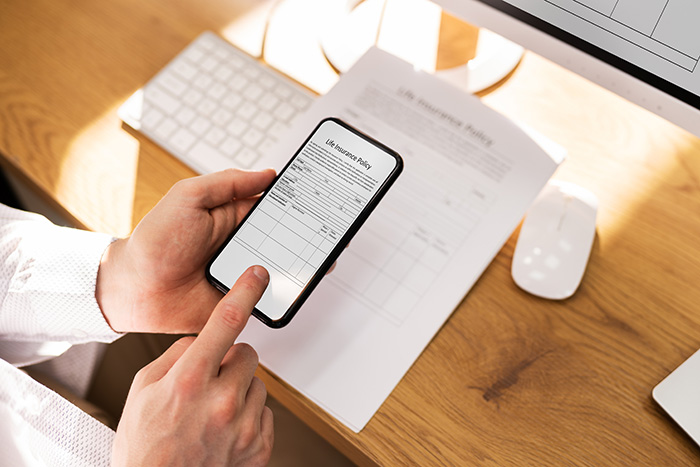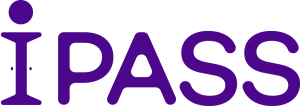
Unleashing the Creative Potential of iPass OCR in Arabic: Innovating the MENA Region
The use of Optical Character Recognition (OCR) technology has become increasingly widespread in recent years, with applications ranging from data extraction to document management. The iPass OCR in Arabic addresses the unique challenges posed by the Arabic language and script, opening up new opportunities for innovation and creativity in the MENA region. This blog post will explore some unconventional and imaginative ways in which iPass OCR in Arabic can be utilized, going beyond traditional document processing applications.
Art and Design
iPass OCR in Arabic can be employed by artists and designers who work with Arabic calligraphy and typography. By converting physical or digital artwork into editable text, artists can easily manipulate and experiment with different designs, colors, and font styles, fostering innovation and expanding the scope of artistic expression.
Literature and Publishing
Authors, poets, and publishers can leverage iPass OCR in Arabic to digitize and preserve rare manuscripts, historical texts, and out-of-print books. By making these valuable works accessible in digital formats, they can be shared with a broader audience, promoting cultural exchange and appreciation of Arabic literature.
Virtual and Augmented Reality
Integrating iPass OCR in Arabic with virtual and augmented reality applications can create immersive experiences for users. For instance, interactive museum exhibits could utilize OCR to display translations or provide additional information when visitors point their devices at Arabic inscriptions or artwork.
Assistive Technologies for the Visually Impaired
iPass OCR in Arabic can be integrated with assistive technologies to support visually impaired individuals. By converting printed Arabic text into digital formats, text-to-speech software or refreshable Braille displays can be used to enable visually impaired users to access and engage with Arabic content.
Language Learning and Translation
iPass OCR in Arabic can be combined with machine translation and natural language processing technologies to create powerful language learning tools. For example, a mobile app could allow users to scan printed Arabic text and receive instant translations, audio pronunciations, or grammar explanations, making it easier for non-native speakers to learn the language and understand complex texts.
Conclusion
iPass OCR in Arabic has the potential to transform not only traditional document processing tasks but also a range of creative applications across various industries in the MENA region. By thinking beyond conventional uses and exploring the innovative possibilities offered by iPass OCR, businesses, organizations, and individuals can unlock new opportunities and contribute to the region’s digital transformation.
